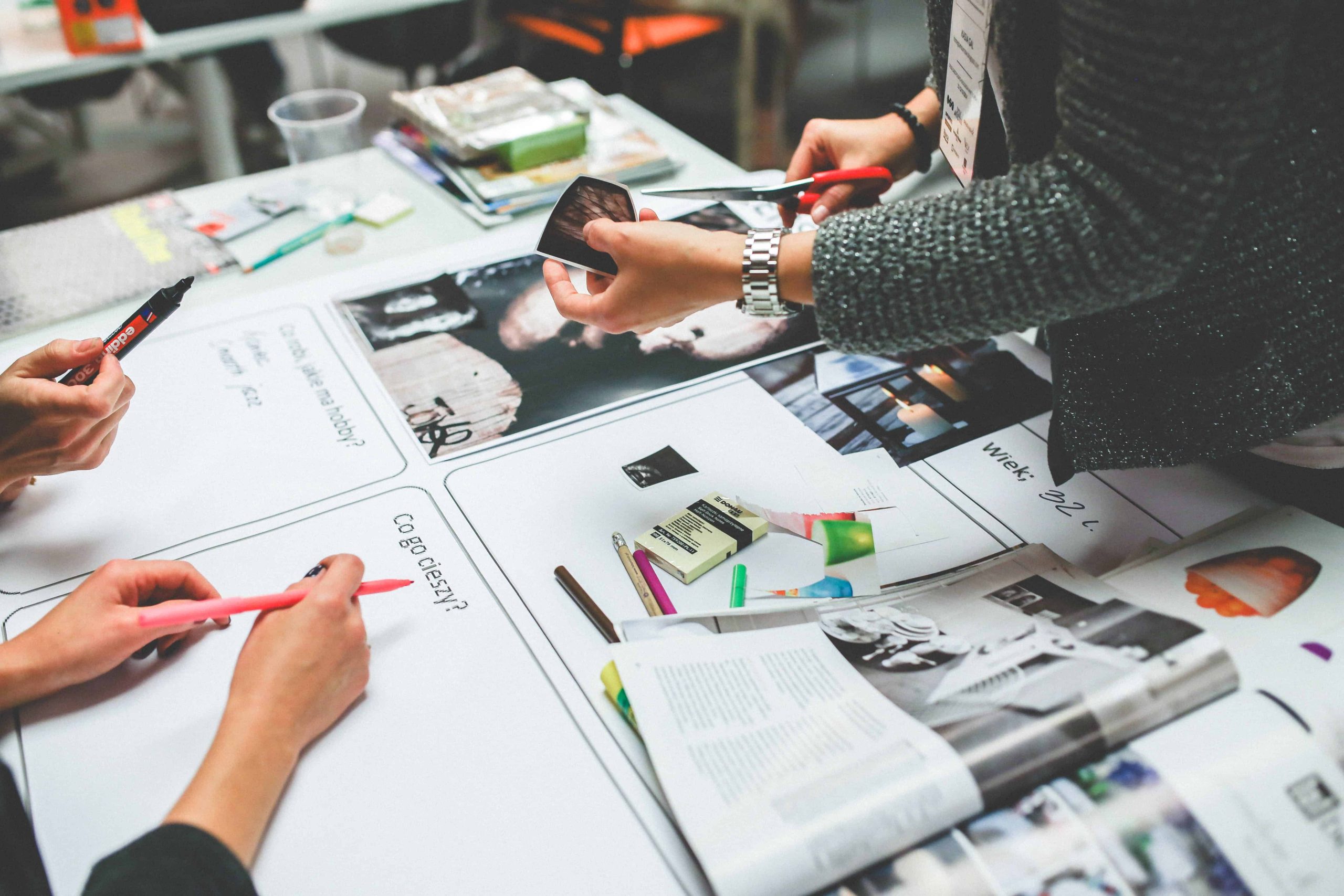
21 Feb Creative Collaborations: Enhancing Artist Visibility
Creative collaborations have emerged as a powerful influence influencing artists’ exposure in the current art scene. Getting noticed has grown harder in a society when there are so many different artistic expressions. Through fostering ties across disciplines, creative collaborations provide artists with a unique avenue to multiply their effects and reach new audiences. These partnerships act as rich environments where many viewpoints collide, igniting new ideas and inspiring creative expression. Accepting joint projects is not only smart but also necessary for artists looking to advance and get recognition in this dynamic field. Through communication and collaborative creation with other creators, artists may leverage their pooled imagination and skill to surpass conventional bounds. Creative partnerships provide artists the chance to explore new avenues and pave the way for a more dynamic and diverse artistic environment in the ever-evolving field of contemporary art.
Benefits of Creative Collaborations
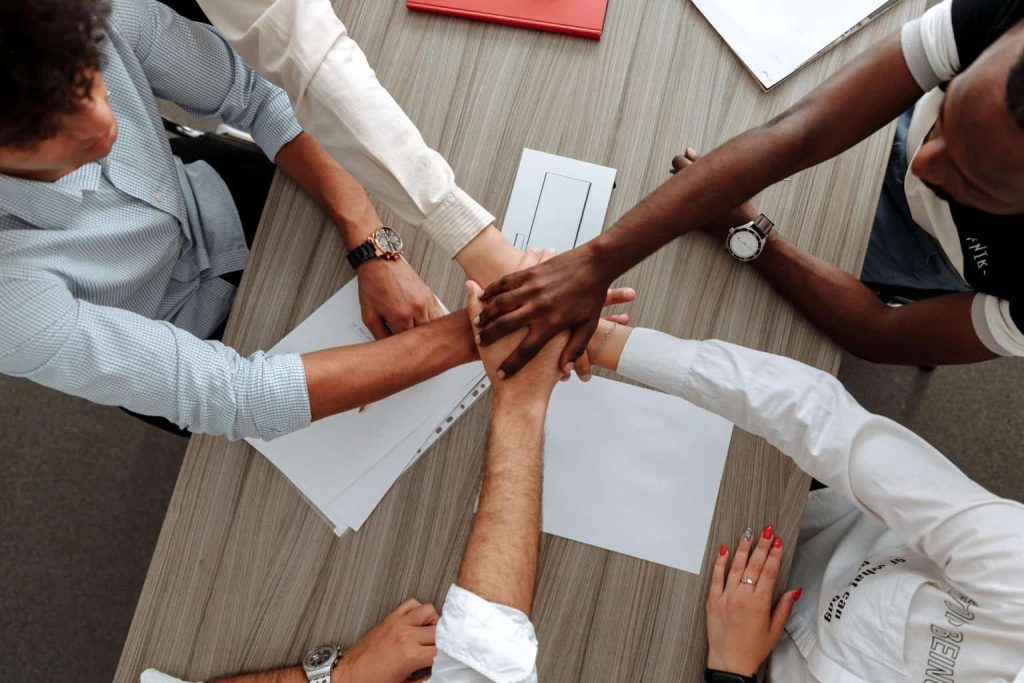
Photo by Thirdman
Cross-pollination of Audiences
Collaborative efforts among artists create a dynamic platform for cross-pollination of audiences. When artists join forces with their peers, they effectively open doors to new and diverse groups of followers. This symbiotic relationship enables creators to leverage each other’s existing fan bases, extending their reach and tapping into previously untapped markets. Through collaboration, artists not only expand their audience base but also foster a sense of community among fans who appreciate the innovative and collective efforts of their favorite creators.
Increased Media Coverage
Creative collaborations naturally attract increased media coverage, generating excitement within the media landscape. The fusion of different artistic styles and disciplines piques the interest of journalists, bloggers, and influencers alike. Media outlets are often eager to cover such collaborations due to their novelty and the promise of innovative outcomes. Through media coverage, artists gain exposure to wider audiences and benefit from the publicity generated by the partnership, paving the way for increased recognition and future opportunities.
Enhanced Creativity
Creative collaborations serve as fertile ground for enhanced creativity by bringing together artists from diverse backgrounds. The amalgamation of unique perspectives, techniques, and experiences sparks inspiration and pushes participants beyond their comfort zones. This fusion of ideas encourages experimentation and innovation, liberating artists from creative stagnation. By embracing new ways of thinking and creating, collaborators explore uncharted territory, resulting in fresh and compelling works of art that captivate audiences and push artistic boundaries.
Shared Resources
Collaborative endeavors thrive on shared resources, where artists pool their talents, expertise, and resources to streamline the production process. By combining forces, collaborators reduce costs and amplify the impact of their projects. They strategically divide tasks based on individual strengths, ensuring that each aspect of the project receives the attention it deserves. Moreover, through combined promotional efforts, collaborators effectively reach a larger audience, maximizing the project’s visibility and engagement while leveraging resources efficiently.
Credibility and Legitimacy
Artistic collaborations often bolster credibility and legitimacy by aligning artists with established figures or institutions in their field. Collaborating with renowned artists or reputable organizations validates the quality of one’s work and opens doors to new opportunities and networks. The endorsement of trusted collaborators lends authenticity and prestige to an artist’s portfolio, enhancing their reputation within the artistic community and beyond. By associating with esteemed partners, artists solidify their position and gain recognition as credible contributors to their respective artistic domains.
Types of Creative Collaborations
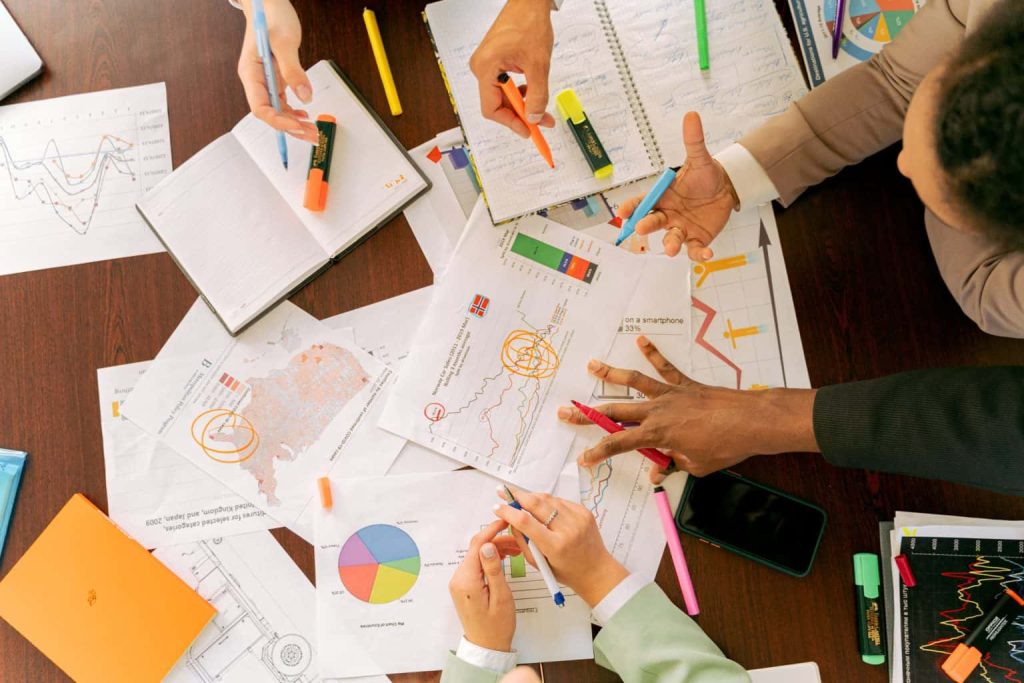
Photo by Antoni Shkraba
Artist-to-Artist
Joint exhibitions, performances, installations, or studio swaps represent a cornerstone of the artistic community’s collaborative spirit. When artists come together in shared spaces or events, they initiate a dynamic exchange of ideas and perspectives. Through these interactions, they challenge each other creatively, inspire new approaches, and often forge lasting friendships and professional connections. Whether through curated showcases or informal gatherings, these collaborations contribute to the vibrant tapestry of artistic expression.
Artist-to-Institution
Collaborations between artists and institutions like museums, galleries, residencies, or public art projects serve as conduits for artistic dialogue on a broader scale. Institutions provide platforms for artists to showcase their work to diverse audiences, amplifying their voices and expanding their reach beyond traditional art circles. Through exhibitions, artist talks, and residencies, artists gain exposure, feedback, and critical engagement with their work, enriching both their practice and the cultural landscape.
Artist-to-Brand
The fusion of art and commerce through collaborations with non-arts organizations, such as fashion brands or tech companies, reflects the evolving nature of artistic expression in contemporary society. These partnerships offer artists a platform to infuse their creativity into unconventional spaces and products, reaching audiences beyond the confines of traditional art venues. By merging artistic vision with brand identity, these collaborations blur the lines between commerce and culture, sparking conversations and redefining the boundaries of artistic engagement in the mainstream.
Interdisciplinary Collaborations
The intersection of visual art with music, dance, theater, film, or digital media opens up new frontiers of creativity and expression. Through interdisciplinary collaborations, artists transcend the constraints of medium-specific practices, creating immersive and boundary-pushing experiences that resonate across multiple senses and disciplines. Whether through multimedia installations, experimental performances, or cross-disciplinary workshops, these collaborations enrich artistic practice, stimulate innovation, and challenge conventional notions of artistic categorization.
Community-Based Collaborations
Artistic engagement with local communities on projects addressing social issues fosters a powerful connection between art and societal concerns. By collaborating with community organizations, grassroots initiatives, or advocacy groups, artists amplify marginalized voices, shed light on pressing issues, and catalyze social change. Through participatory art projects, workshops, or public interventions, artists empower communities to reclaim their narratives, spark dialogue, and envision collective futures grounded in equity, justice, and solidarity. These collaborations exemplify the transformative potential of art as a catalyst for social progress and community empowerment.
Collaboration Challenges and Considerations
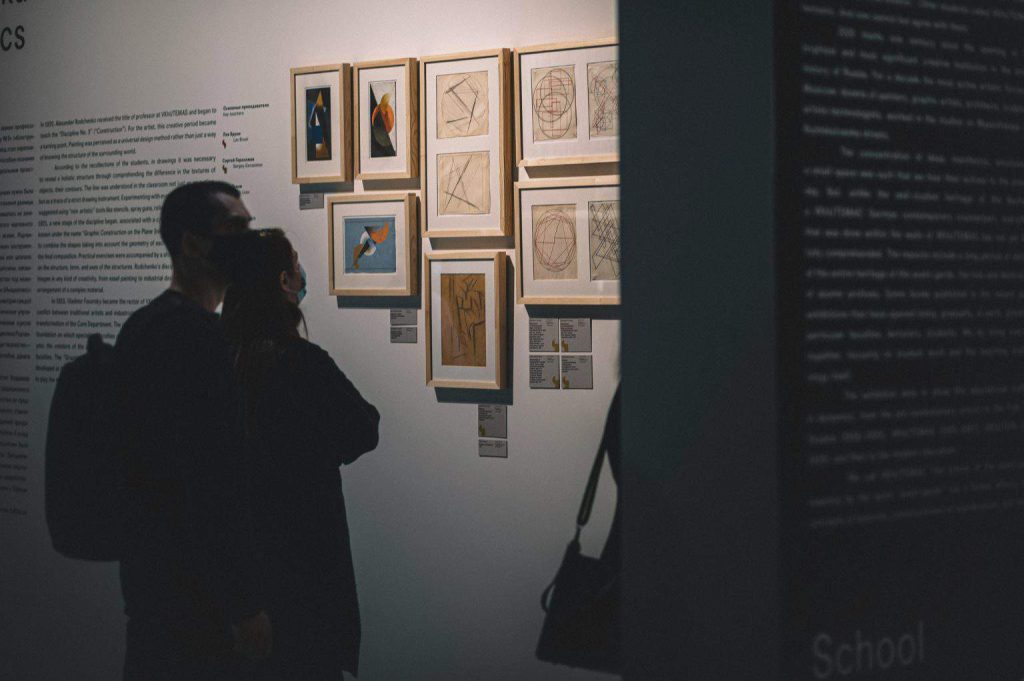
Photo by Egor Myznik
Finding Compatible Collaborators
Finding compatible collaborators is a multi-faceted process that begins with a thorough understanding of one’s own artistic goals and vision. It involves seeking out individuals whose creative aspirations align with one’s own, as well as assessing compatibility in communication styles and working dynamics. Effective collaboration hinges on clear communication and shared expectations, where each party understands their role within the partnership. By defining these parameters early on, collaborators can establish a framework for a harmonious and productive relationship, ensuring that their combined efforts yield the desired artistic outcomes.
Negotiating Creative Control and Credit
Negotiating creative control and credit is a pivotal aspect of collaborative ventures, as it directly impacts the recognition and ownership of the collective work. Open dialogue and transparent negotiation processes are essential for determining how creative decisions will be made, who holds authority over different aspects of the project, and how credit will be attributed. Fair representation ensures that all collaborators feel valued and respected for their contributions, fostering a sense of ownership and accountability within the partnership. Through effective negotiation, collaborators can establish a framework that honors each individual’s creative input while safeguarding the integrity of the collective endeavor.
Financial Planning and Resource Allocation
Financial planning and resource allocation are fundamental considerations in collaborative projects, where the equitable distribution of resources is essential for the project’s sustainability and success. Collaborators must navigate discussions surrounding budgeting, funding sources, and allocation of financial resources in a manner that reflects the contributions and needs of all parties involved. Clear agreements regarding financial responsibilities and revenue-sharing mechanisms help mitigate potential conflicts and ensure that each collaborator’s efforts are duly acknowledged and compensated. By prioritizing financial transparency and equitable resource allocation, collaborators can foster a supportive and mutually beneficial environment conducive to creative exploration and innovation.
Maintaining Artistic Integrity
Maintaining artistic integrity within collaborative endeavors requires a delicate balance between honoring individual creative visions and embracing the collective artistic process. Collaborators must navigate the tension between personal expression and collaborative consensus, recognizing when to compromise and when to assert their artistic convictions. Preserving authenticity and staying true to the project’s overarching vision requires open-mindedness, adaptability, and a willingness to engage in constructive dialogue and critique. By nurturing a culture of mutual respect and creative exploration, collaborators can cultivate an environment where diverse perspectives converge to produce meaningful and authentic artistic expressions.
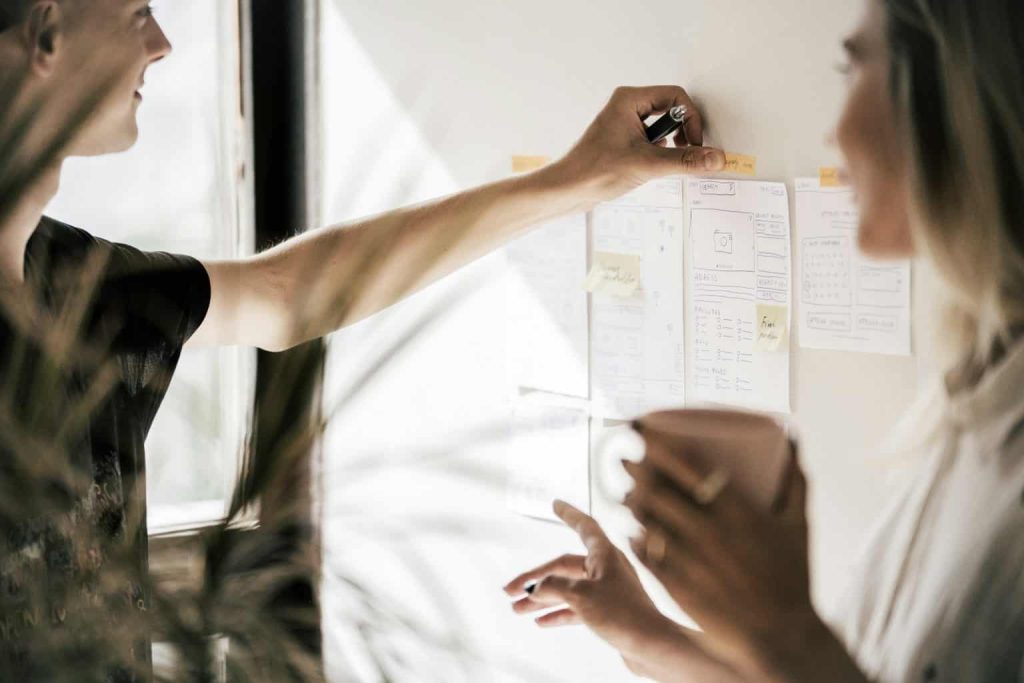
Photo by Adomas Aleno
Conclusion
Visibility is paramount yet elusive, creative collaborations emerge as a potent strategy for artists to stand out amidst the saturation of artistic expressions. These collaborations offer a wealth of advantages, from tapping into new audiences through cross-pollination to garnering increased media coverage, which amplifies the innovative fusion of artistic disciplines. Moreover, the convergence of diverse perspectives in collaborative ventures sparks creativity, expands artistic horizons, and optimizes resource distribution, ultimately lending credibility and legitimacy to artists through associations with established entities.
Creative collaborations manifest in diverse forms, each presenting unique opportunities for artists to engage and thrive. From intimate artist-to-artist exchanges fostering dynamic idea exchange to partnerships with institutions, brands, and communities, the spectrum of collaborative possibilities is rich and varied. However, navigating these ventures entails addressing inherent challenges such as finding compatible collaborators, negotiating creative control and credit, managing financial resources, and preserving artistic integrity. Yet, within these challenges lie opportunities for growth, adaptation, and the realization of collaborative projects that transcend individual vision, forging new pathways for artists to enhance their visibility and impact in the dynamic realm of contemporary art.
Key Takeaways
- Cross-pollination of Audiences: Collaborating with other artists introduces creators to new and diverse audiences, leveraging existing followings and broadening reach.
- Increased Media Coverage: Creative collaborations generate buzz, attracting attention from media outlets eager to cover the novelty and innovation stemming from artistic convergence.
- Enhanced Creativity: Merging different artistic perspectives fosters inspiration and innovation, pushing artists beyond comfort zones and expanding creative horizons.
- Types of Collaborations: Collaborations range from artist-to-artist exchanges to partnerships with institutions, brands, interdisciplinary projects, and community-based initiatives, each offering unique opportunities for visibility and engagement.
- Collaboration Challenges and Considerations: Navigating collaborative projects involves finding compatible partners, negotiating creative control and credit, addressing financial planning and resource allocation, and maintaining artistic integrity amidst collaborative endeavors.
FAQs
How can artists find compatible collaborators?
Finding compatible collaborators is a multifaceted process that requires artists to first define their artistic goals, communication styles, and expectations. By clearly outlining what they aim to achieve through collaboration, artists can better identify potential partners who share similar visions and values. Utilizing various avenues such as networking events, social media platforms, and specialized art communities can help facilitate connections with like-minded collaborators who align with their creative pursuits.
How do artists negotiate creative control in collaborations?
Negotiating creative control in collaborations demands open and transparent communication. Artists must engage in thorough discussions to delineate roles, responsibilities, and levels of creative autonomy from the project’s inception. Through negotiation, collaborators can establish a framework where each party feels empowered and respected in contributing their ideas and insights. Clear agreements regarding creative control and credit ensure that all involved feel valued and invested in the collaborative endeavor.
What financial considerations are important in creative collaborations?
Financial considerations play a pivotal role in sustaining creative collaborations. Equitably dividing resources and planning for financial sustainability are imperative to the project’s longevity and success. Artists must establish transparent agreements regarding budget allocation, expense management, and revenue sharing to foster trust and accountability among collaborators. By addressing financial matters upfront, artists can mitigate potential conflicts and focus their energy on realizing their creative aspirations.
How can artists balance collaboration with maintaining their artistic integrity?
Balancing collaboration with maintaining artistic integrity requires a delicate equilibrium. Successful collaborations honor the individual artistic visions of each participant while working towards a shared goal. Regular communication and mutual understanding among collaborators help navigate challenges and ensure that creative decisions uphold the integrity of the project. By fostering an environment of trust and respect, artists can collaborate harmoniously while staying true to their unique artistic identities.
Dive into the dynamic interplay between language barriers and the global art scene, read the “Language and Communication in Art” guide and start exploring the transformative role of art as a universal language that transcends linguistic boundaries, fostering connections, understanding, and dialogue across diverse cultures and perspectives.

